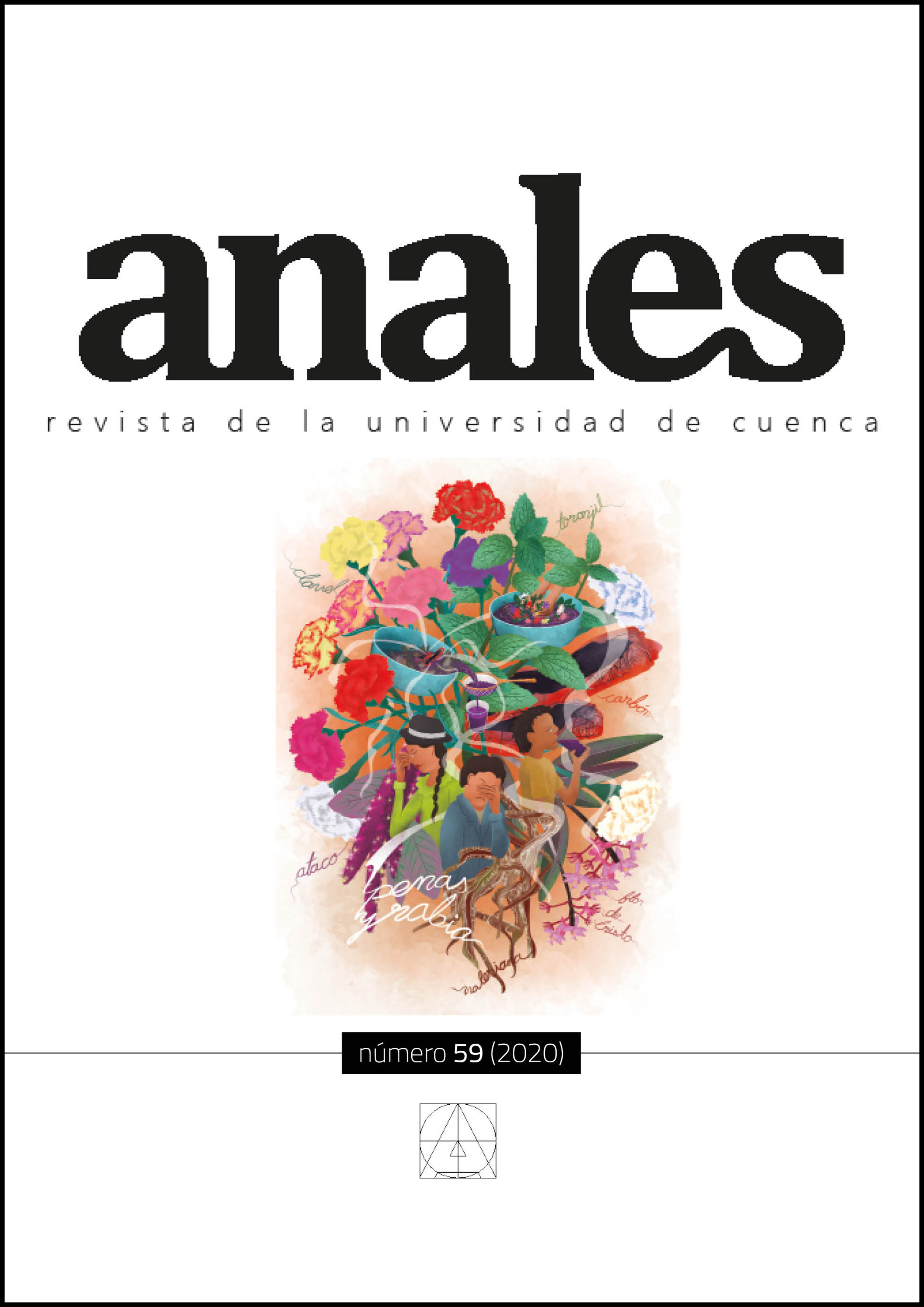New digital narratives, alternate reality games and Unfiction: telling stories online
DOI:
https://doi.org/10.18537/auc.59.05Keywords:
Digital narratives, Unfiction, alternative reality, aesthetics, new mediaAbstract
In the last years there have been countless projects and experiences of digital narratives that use the different characteristics of the virtual to create new platforms and formats for storytelling. In this article we will talk about Unfiction, a new phenomenon that combines the interaction provided by a video game, the immersion of a live role-playing game and the reach of digital video. This combination makes it an extremely rich medium, where a wide variety of commercial and independent projects can be developed, and many have already achieved enormous success using it. In order to analyze these projects, a targeted sampling was carried out taking into account different variables, such as popularity or availability of information.
One of the fundamental points that make Unfiction so interesting in times of isolation and pandemic s its ability to create communities, since these are the ones that give life to the project. Without a network of audiences and players interacting constantly, this genre simply could not exist. It is in the online forums, chat rooms and comment sections where these experiences are really built.
Downloads
References
Alexander , B. (2011). The New Digital Storytelling. Praeger.
Bungie. (2004). I Love Bees.
Caffarello, V., Koval, J. y Jennings, E. (2010). EverymanHYBRID. https://www.youtube.com/user/EverymanHYBRID
DeLage, J. y Wagner, T. (2009). Marble Hornets. https://www.youtube.com/user/MarbleHornets/
Foxe, K. (1999). Proyecto La Bruja de Blair.
Galloway, A. (2013). The Unworkable Interface. En N. Mirzoeff (Ed.) The Visual Culture Reader (pp. 619-636). Routledge.
Garcia, A. y Niemeyer, G. (2017). Alternate Reality Games and the Cusp of Digital Gameplay. Bloomsbury.
Hook, A. (2017). This Game did not Take Place – This is not a Game and Blurring the Lines of Fiction. En A. Garcia y G. Niemeyer (Ed.) Alternate Reality Games and the Cusp of Digital Gameplay (pp. 56-76). Bloomsbury.
I am Sophie. (2020). //www.youtube.com/channel/UC_luiBQ-9hfg3xBv8hYx9Ow
Kim, J., Dombrowski, C., Lee, E. y Thomas, T. (2009). Storytelling in new media: The case of alternate reality games, 2001–2009. First Monday.
Manovich, L. (2001). The Language of New Media. Massachusetts Institute of Technology.
Mcgonigal, J. (2006). The Puppet Master Problem: Design for Real-World, Mission Based Gaming. Second Person.
Microsoft. (2001). The Beast.
NightMind. (2020). What is Unfiction? | ARGs & the History of Online Storytelling. https://www.youtube.com/watch?v=ftCKeWJordI&ab_channel=Night-Mind
O’Brien, B. y Resnick, A. (2014). Unedited Footage of a Bear. https://www.youtube.com/watch?v=2gMj-JNGg9Z8&ab_channel=AdultSwim
Post-Content. (2019). https://www.youtube.com/channel/UCH0VeQ9x2cUI4FDUT8xhaKw
Resnick, A. (2016). This House has People in it. https://www.youtube.com/watch?v=x-pj8OtyO2I&ab_channel=AdultSwim
Rosner, A. (2010). TribeTwelve. https://www.youtube.com/user/TribeTwelve
Wagner, T. (2016). ECKVA. https://www.youtube.com/channel/UCjkdBwVhMa6VSjlGnlmmvYw
Whitton, N. (2008). Alternate reality games for developingstudent autonomy and peer learning. Manchester Metropolitan University.
Zackariasson, P. y Wilson, T. (2010). Alternative Reality Games Explorations. EURAM.










